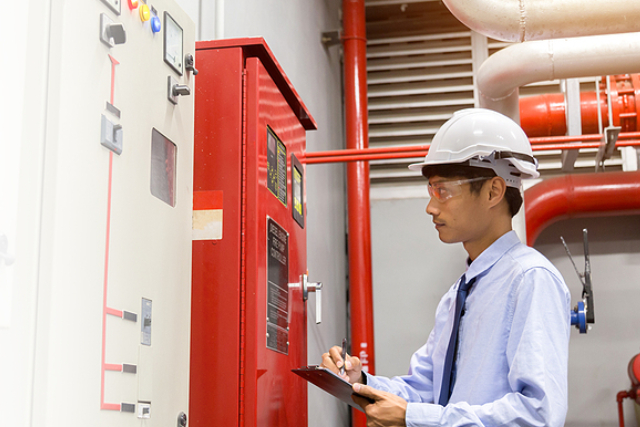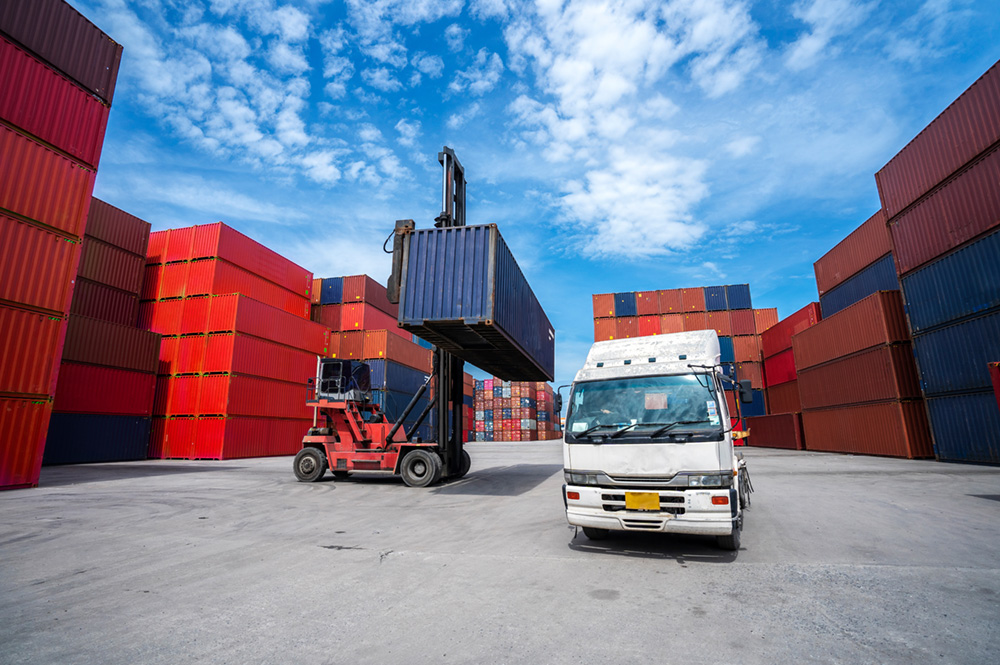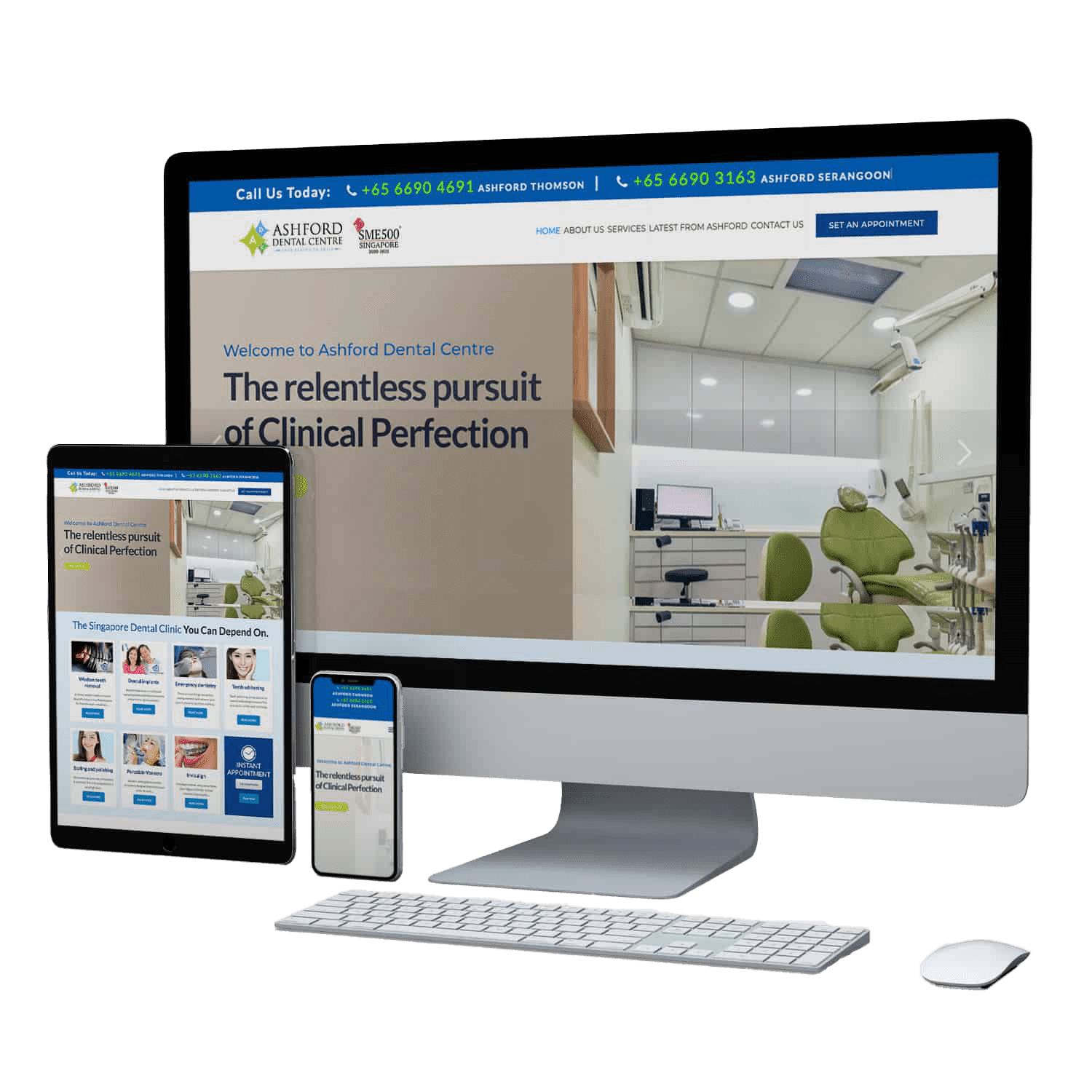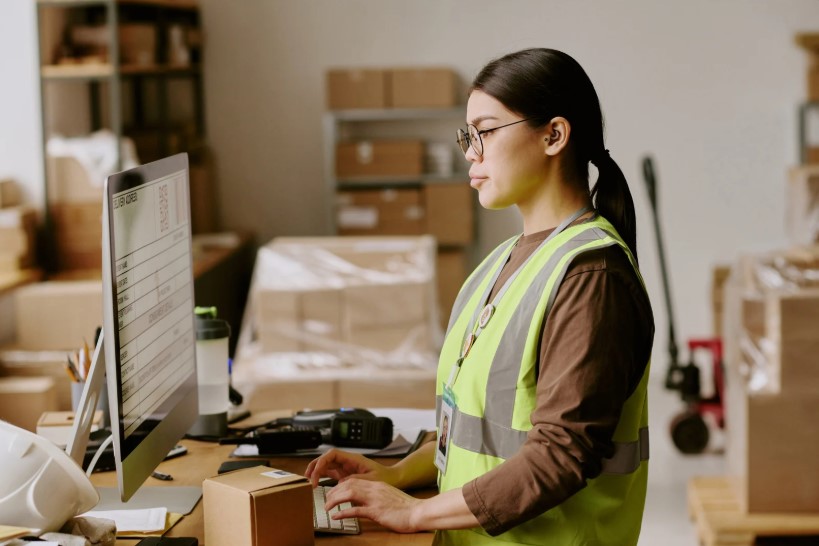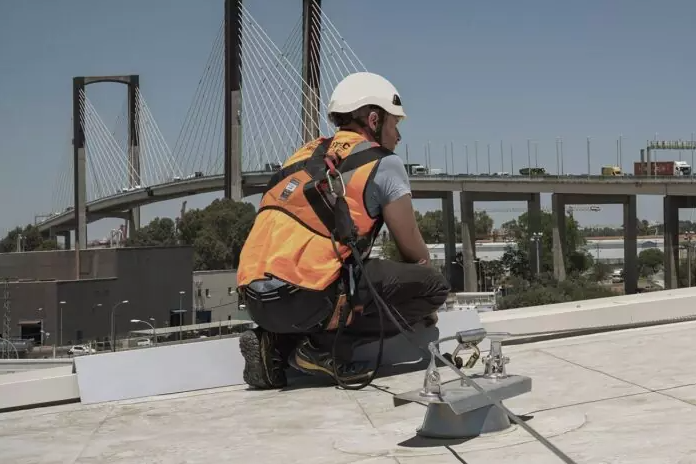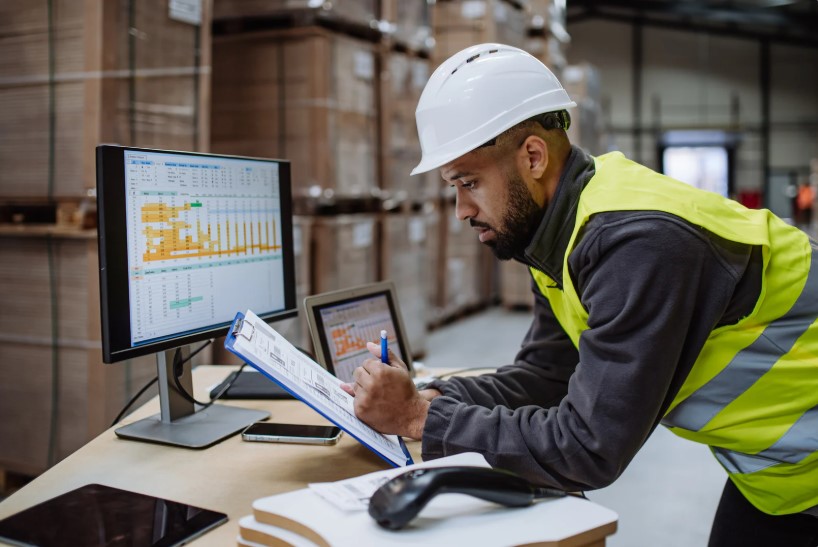Safety and Security Signaling is a critical component of modern commercial, industrial, and residential environments. These systems provide early warnings, clear instructions, and reliable communication channels during emergencies, ensuring that both people and property are protected. Whether it is a factory floor, office building, or high-rise residential complex, properly installed and maintained signaling systems play a vital role in preventing accidents, minimizing damage, and saving lives.
Proof-Tech Waterproofing & Maintenance Pte Ltd has extensive experience in maintaining safety-critical systems, making it an ideal partner for businesses and property owners who require reliable, high-quality Safety and Security Signaling solutions. By combining advanced technology with expert maintenance, Proof-Tech ensures that signaling systems remain fully operational, meeting both industry standards and safety requirements.
Understanding Safety and Security Signaling
Safety and Security Signaling encompasses a broad range of devices and systems designed to alert, inform, and communicate during emergencies. These systems can be classified into visual signals, audible signals, intercom systems, telephony, and initiating devices. Visual signals use lights and indicators to convey warnings or statuses, while audible signals rely on sound to notify personnel of immediate hazards. Intercom systems facilitate communication across large areas, telephony solutions allow robust communication even in hazardous conditions, and initiating devices trigger alarms and emergency protocols.
The primary purpose of Safety and Security Signaling is to ensure rapid response, reduce risks, and maintain operational continuity. Well-designed signaling systems provide clear instructions, helping people evacuate safely or respond appropriately to emergencies such as fire, chemical leaks, or equipment malfunctions. Businesses and property owners who invest in comprehensive Safety and Security Signaling systems not only comply with safety regulations but also demonstrate a commitment to the well-being of occupants.
Types of Signaling Solutions
Visual Signals: Visual signals are essential for alerting personnel in noisy environments or when sound may not be effective. These include flashing lights, rotating lights, steady lights, strobe lights, panel mount signals, status indicator lights, and beacons. Each type serves a specific function: strobe lights are ideal for high-visibility warnings, rotating lights indicate active alerts, and status indicators provide real-time information about equipment or systems.
Visual Safety and Security Signaling is widely used in factories, warehouses, commercial buildings, and hazardous areas. These signals not only catch attention quickly but also help coordinate emergency responses by showing precise information about the location or severity of an incident. Choosing the right visual signal involves considering the environment, distance, and visibility requirements to ensure maximum effectiveness.
Audible Signals: Audible signals are a cornerstone of Safety and Security Signaling systems. They include amplified speakers, bells, electronic sirens, horns, loudspeakers, sounders, tone modules, and voice guns. These devices provide immediate alerts, helping occupants respond quickly to emergencies. Audible signals are particularly crucial in environments where visibility is limited or when people are dispersed across a large facility.
Electronic sirens and tone modules can produce varying alarm patterns to differentiate between types of emergencies, while voice guns and public address systems allow customized messages to guide evacuation or provide critical instructions. Regular testing and maintenance of audible signaling devices ensure that their sound levels remain effective and that no device fails during an emergency.
Intercom Systems: Intercom systems are integral to comprehensive Safety and Security Signaling. They include public address systems, general alarm digital systems, master stations, intercom stations, handsets, panel microphones, and speakers. Intercoms facilitate rapid communication across buildings or industrial sites, allowing security personnel and management to coordinate emergency responses efficiently.
Modern intercom systems often integrate with visual and audible signaling devices to create multi-layered safety networks. For example, an intercom can broadcast a fire alarm message while strobe lights and horns activate simultaneously, providing both audible and visual warnings. Properly maintained intercom systems ensure that messages are delivered clearly, even in high-noise environments, reinforcing the effectiveness of Safety and Security Signaling.
Telephony Solutions: Telephony solutions provide secure and reliable communication in industrial and hazardous environments. Ex-proof industrial telephones, extension bells, and extension horns are designed to withstand harsh conditions while maintaining connectivity. These devices are essential for transmitting alerts, coordinating emergency teams, and maintaining communication when traditional phone lines or wireless systems may fail.
Safety and Security Signaling via telephony is particularly important in industries such as oil and gas, chemical manufacturing, and large-scale warehouses, where rapid communication can prevent accidents and coordinate emergency response teams. Selecting robust, certified telephony devices ensures that communication lines remain operational even under extreme conditions.
Initiating Devices: Initiating devices are the first line of defense in Safety and Security Signaling systems. Breakglass callpoints, fire alarm pull stations, and push button stations allow personnel to trigger alarms manually, activating other signaling devices across the facility. These devices are critical in situations where automated detection may not respond immediately or when human intervention is necessary.
Integrating initiating devices with visual, audible, and intercom systems creates a comprehensive signaling network that ensures alerts are conveyed across all channels. Proper placement, clear labeling, and regular testing of initiating devices are crucial to maintain the effectiveness of Safety and Security Signaling.
Safety Standards and Compliance
Adherence to safety standards and certifications is a key aspect of reliable Safety and Security Signaling. Proof-Tech ensures that all devices and systems comply with international standards, including ATEX Production Quality Assurance and IECEx certification.
ATEX certification guarantees that equipment or protective systems are safe for use in potentially explosive atmospheres, in accordance with Directive 2014/34/EU. IECEx certification further validates the quality and reliability of signaling and communication devices, ensuring their performance in high-risk environments. Compliance with these standards is essential for businesses operating in hazardous conditions, as it reduces liability and enhances occupant safety.
Choosing the Right Signaling System
Selecting the most effective Safety and Security Signaling system requires careful consideration of several factors, including building size, occupancy, type of hazards, and environmental conditions. A combination of visual, audible, intercom, telephony, and initiating devices often provides the most reliable protection.
Proof-Tech Waterproofing & Maintenance Pte Ltd assists clients in evaluating existing systems, recommending improvements, and implementing fully integrated signaling solutions. Expert guidance ensures that each system meets operational requirements, regulatory standards, and the specific safety needs of the facility.
Maintenance and Reliability
Regular maintenance is crucial to the longevity and reliability of Safety and Security Signaling systems. Proof-Tech provides comprehensive inspection, testing, and servicing to ensure that every device functions correctly when needed. Routine maintenance prevents device failure, reduces downtime, and maintains compliance with safety regulations.
A well-maintained signaling system not only protects occupants but also safeguards business assets. Industrial facilities, commercial buildings, and public spaces benefit from the peace of mind that comes with knowing that their Safety and Security Signaling systems are fully operational at all times.
Takeaway
Safety and Security Signaling is essential for protecting people, property, and operations across commercial, industrial, and residential environments. By combining high-quality devices, compliance with international standards, and expert maintenance, businesses can ensure that their signaling systems are reliable, effective, and ready for any emergency. Partnering with Proof-Tech Waterproofing & Maintenance Pte Ltd guarantees professional support, installation, and ongoing care for all Safety and Security Signaling needs.
FAQ
What is the difference between visual and audible signals?
Visual signals use lights or indicators to communicate warnings, while audible signals rely on sound. Both are essential for a complete Safety and Security Signaling system.
How often should Safety and Security Signaling systems be maintained?
Regular inspections and servicing, typically every 6 to 12 months, are recommended to ensure full functionality and compliance with safety standards.
Are ATEX and IECEx certifications necessary?
Yes, these certifications ensure that devices are safe and reliable in potentially hazardous or explosive environments.
Can signaling systems integrate with existing building management systems?
Yes, modern Safety and Security Signaling systems can integrate with building automation, intercoms, and fire alarm systems for coordinated responses.
How can Proof-Tech help improve Safety and Security Signaling?
Proof-Tech provides expert assessment, installation, and maintenance of signaling systems, ensuring reliability, compliance, and operational efficiency.

